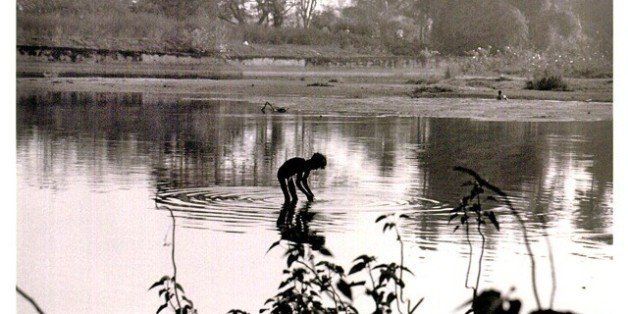
At 47, with several projects on the horizon, the last thing one hopes for is a visit from Parkinson and for him to overstay his welcome. For those who can talk about it with calmness and serenity, the best way to deal with him is to just greet him and try and make his stay as bearable as possible. For others, there isn't, and never will be, any way of minimizing it. Parkinson is a visitor who never leaves.
J.M. Tolani was born in Burma to Indian parents. His childhood was spent in boarding schools in London, after which he studied marketing in New York. A holiday trip to Madrid sparked his interest in photographing people. When he returned home, he decided to enroll at IPC, and his life was never the same again. Armed with a camera, he walked the length and breadth of India. He remembers, with great precision, his first saunter into the world of artistic photography. It was, ironically enough, in a slum -- one of those places where poverty reaches limits hardly imaginable, amidst odors of rubbish that make concentration nigh impossible. But if he managed -- as he did -- to stand his ground firmly while doing portraits of the women and children milling around him in such surroundings, he clearly could devote himself to that profession for the rest of his life. Social photography became his chosen calling. He began traveling the world, with a sharp eye for the daily activities of women he saw everywhere and their role in their communities. So much so that Stern magazine was driven to publish a series of his photographs as journalistic material in an article.
A few months later, he embarked upon a journey across several Latin American countries: Ecuador, Peru, Chile, Bolivia and Argentina. His hands and fingers flowed with flawless artistic flair. His satisfaction with his artistic work is there to behold in his precious material on Latin American women. He has particularly fond memories of his sojourn in Peru, when he often resorted to bartering in order to secure a photograph. He would traipse up mountains with a rucksack full of little sugar cakes, offering succulent morsels in exchange for the privilege of being allowed to photograph the people there, who feared their souls might be stolen by the camera. J.M. would thus be welcomed into their houses, and allowed to stay, and do his work.
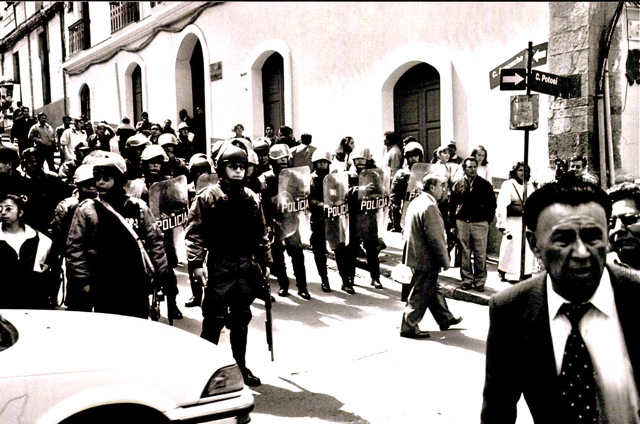
Demonstrations in Bolivia (2005) JMT
It was upon his return to New York after that trip that he first noticed a slight tremor in his right hand -- his middle and ring fingers. It was only very slight, but for an expert in measuring time the way one has to when taking photographs, a split second counts. He noticed it immediately. He was no longer capable of doing what had previously been so easy.
The first specialist he went to didn't suspect the reason for the problem he was suffering. He remembers being told that it was "an inflammation in nerves adjacent to the vertebral column," which prevented him from "controlling the movement of his hand." Hardly a reassuring assessment.
During a visit to another doctor he was asked to walk from point A to point B -- just a few yards to clearly determine what the problem might be. J.M. couldn't move his right arm. As he walked it remained immobile. "The rhythm of one's walk as one moves should be in perfect sync with the rest of one's body. If it isn't, something's wrong."
Then came the long string of tests that finally confirmed what he feared. From one day to the next he had become a man, not yet 50, with Parkinson's, having to bear the full brunt of the implications of such a diagnosis. J.M. decided to carry on with his professional activity before fully losing the capacity to press a camera shutter. That was one thing he never had any doubt about. And he has done it, every inch of the way, to the very end, au pied de la lettre.
J.M. speaks with purpose and serenity. He speaks slowly, with a glow in his eyes. My questions to him were very daintily strung out, and everything began to flow smoothly. What we struck up developed into a conversation. One only has to listen to him to understand that his condition is simply a way of wading through waters that might seem too rough for those of us who do not know this illness. His tales and anecdotes are no less profound and heartrending. His experiences attain the realm of personal, spontaneous reflection. At times you can put yourself in his shoes. It is utterly overwhelming. Sharing time with him was truly enlightening. His artistic work affords us the opportunity to discover the immense courage of a man obliged to forgo his life passion without in any way trying to resist the hand dealt him by fate.
"This disease is the result of the toxins we're exposed to. The chemical substances we consume and aren't aware of. There is a genetic component to it, but it's not very high," he says, as he adjusts a cap on his head that bears the logo of the Michael J. Fox Foundation, for which he does volunteer work.
All his strength of will and determination will not be sufficient to halt the march of the disease. "I can't fight against it. I have to adjust my life to what my body now undergoes. I must do that from a positive perspective," he says, and explains how his daily routine has become a challenge. He lives in Manhattan, alone. He gets up early to take his first medicines. About an hour and a half later he will begin to feel the effects; to be able to stand on his feet and make the most of the two hours during which he can have a normal life.
And when the hands of the clock go around twice again, it's back to medication. Like that, throughout the day. It is quite a challenge. He patiently negotiates the space around him, as he does the time of which he disposes. What he enjoys most are his ballet classes. "My ballet sessions are extremely beneficial, because they help me to coordinate and stretch my body. It's one of the best activities for someone with Parkinson's. I enjoy it immensely, as much as my dance classmates. My weekly date with the dance studio fills me with joy."
In spite of the extraordinary physical effort he makes, he can't do anything with a camera. He can't even hold it in his hands. It's too heavy. But technology does provide him with a soothing surrogate. His cell-phone has become his best work tool. It has come along to bring sense to something that seemed lost forever. A gentle touch on the screen and he can produce and create images which, for him, are everything. "It's a light gadget, with fantastic applications for editing and changing filters. But most of all, it allows me to continue to photograph the life around me. I now take my camera in my pocket and it's a relief to know I can keep on taking photographs."
J.M. Tolani will never stop being an artist. Nor will he ever cease to be someone with the capacity to feel the beauty of things and be inspired by them. The series of photographs that recount his adventures across the world are part of the exhibitions he stages in different places with the sole aim of raising funds for the study of Parkinson's disease. His next stop is Buenos Aires, Argentina.
In 2016, a photography gallery will open its doors to him, allowing J.M. to continue his work as an artist, albeit from a different perspective. The one that is teaching him how to accept and live with Parkinson's with indomitable courage.
Here you can see some photographs by J.M Tolani:

Transportation (India) - 2005
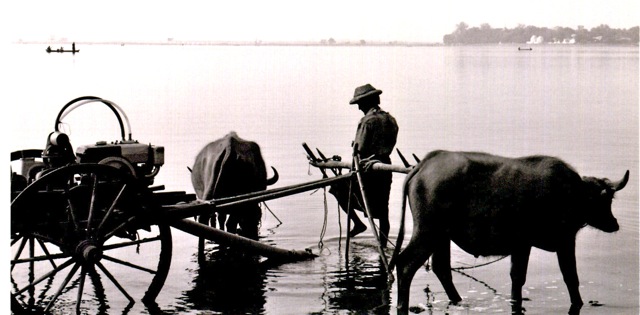
Delievering oil by foot (Burma) -2006

Ginger Factory workers (India) - 2004
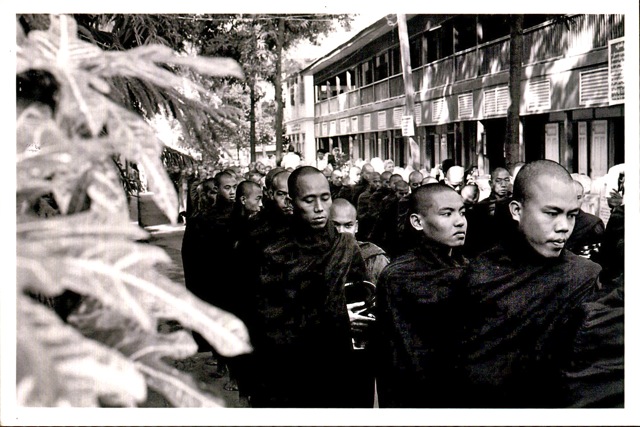
Young Monks (Burma) -2004
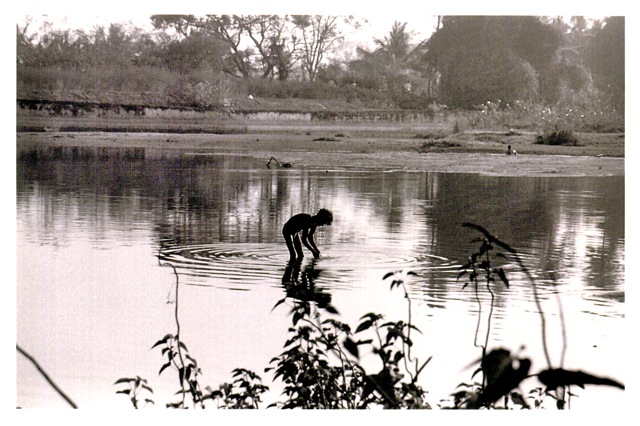
Bathing in the River (Burma) - 2006

Nomadic Tribal Woman (India) - 2005
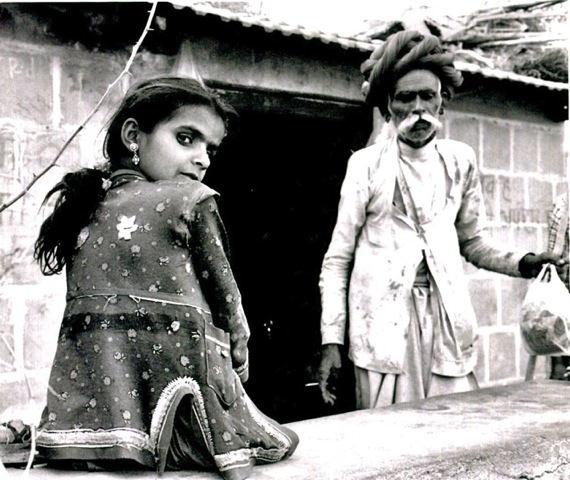
Village Farmer and his daughter (India) - 2005
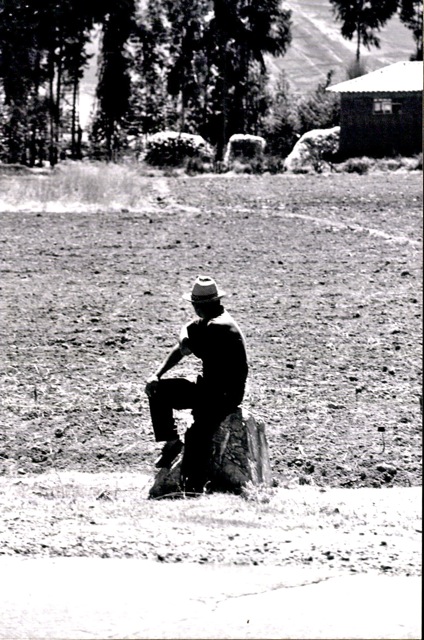
Peruvian Farmer (Peru) - 2006
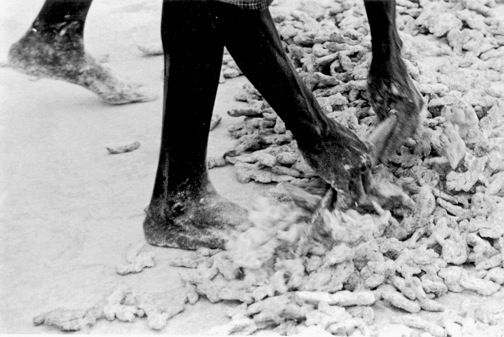
Ginger Factory (India) - 2004
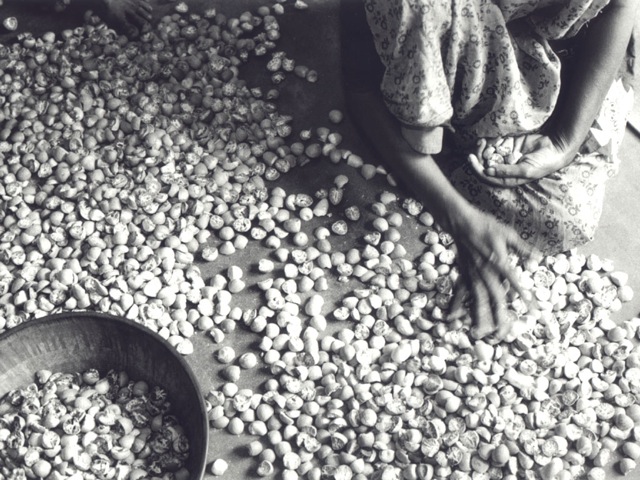
Beetlenut Factory (India) - 2004
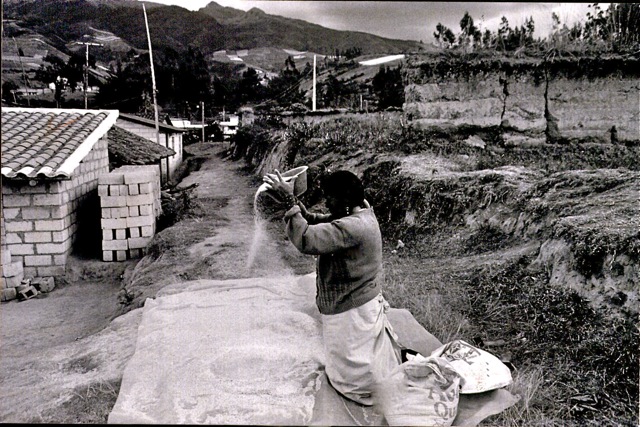
Cleansing Quinoa (Equador) - 2003
This post was originally published in the Spanish edition of The Huffington Post and has been translated into English.
Translated by Owen Thompson